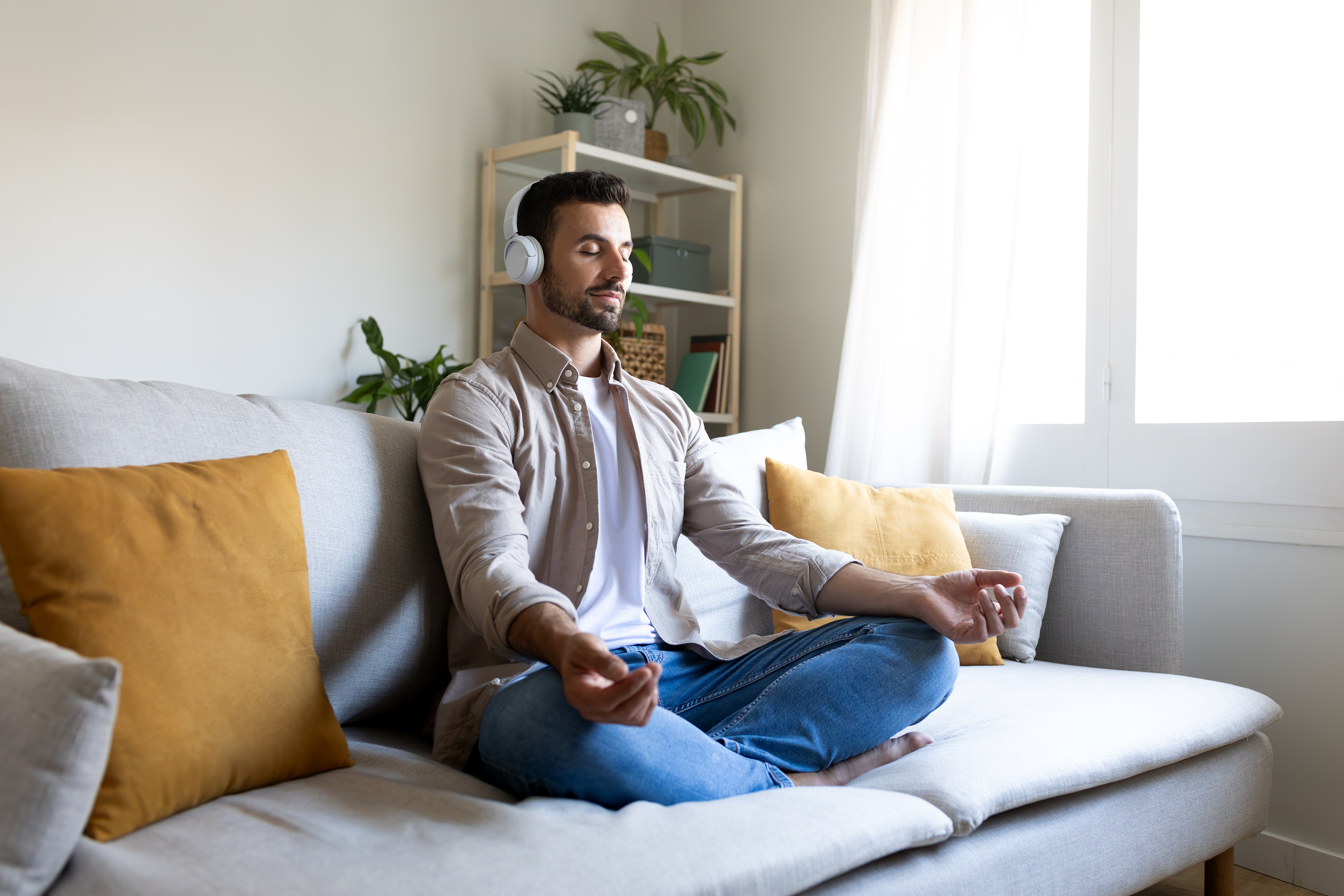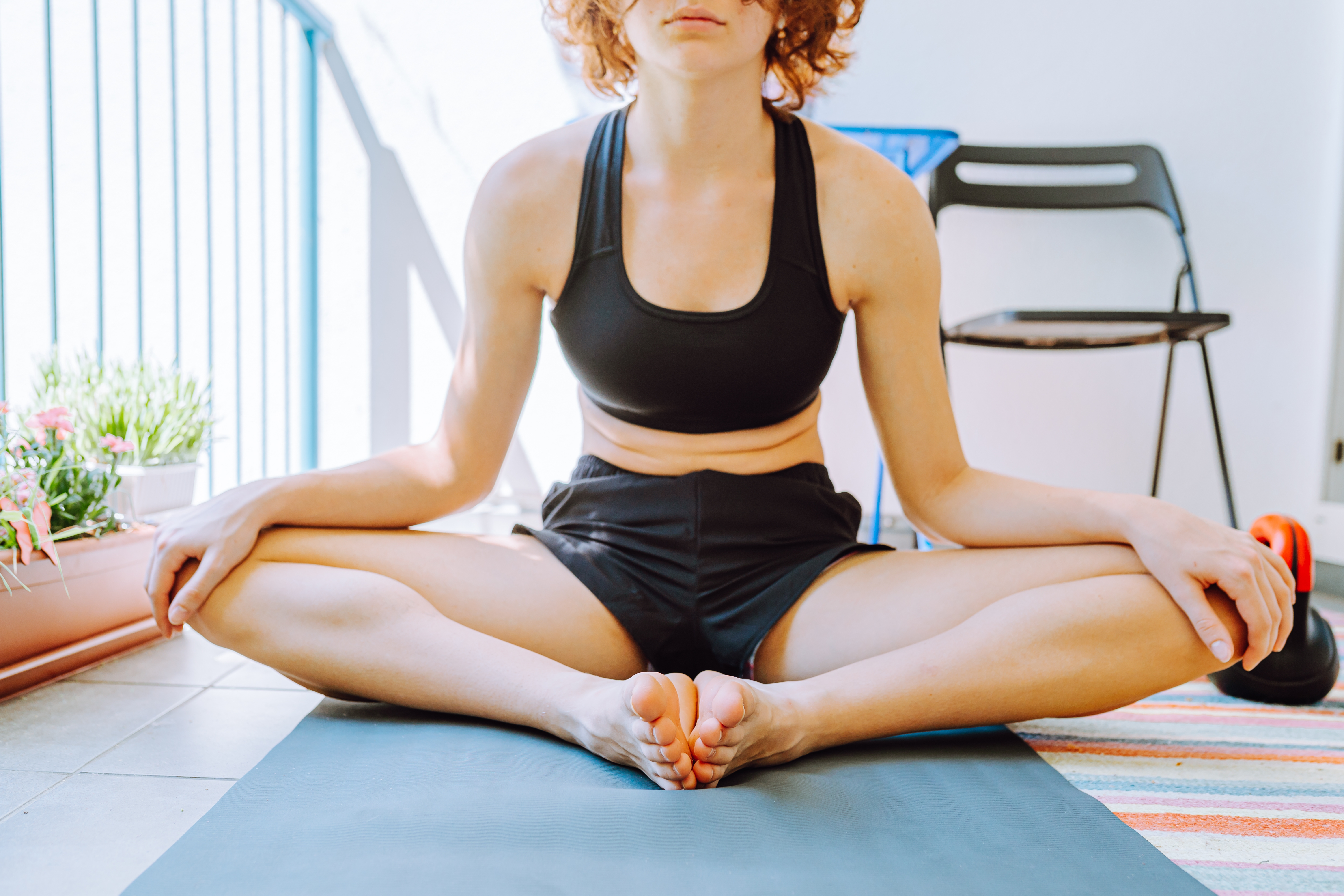10 Effective Strategies to Conquer Claustrophobia with Ease
3. Visualization and Guided Imagery

Visualization and guided imagery are powerful tools for reducing anxiety in closed spaces. These techniques involve using the imagination to create calming and peaceful mental images, which can distract the mind from fear and induce a state of relaxation. Visualization can be as simple as imagining a serene beach or a peaceful forest, focusing on the sights, sounds, and smells of these environments. This mental escape can help reduce the perception of threat and create a sense of safety, even in confined spaces. Guided imagery takes visualization a step further by incorporating structured narratives or scripts, often led by a therapist or through audio recordings. These guided sessions can help individuals explore their fears in a controlled manner, gradually desensitizing them to anxiety triggers. Research has shown that regular practice of visualization and guided imagery can significantly reduce anxiety levels and improve overall mental well-being. This section will explore the science behind these techniques, offering practical tips on how to incorporate them into daily routines. By harnessing the power of the mind, individuals can create a mental sanctuary that provides comfort and calm in any situation.
4. Progressive Muscle Relaxation

Progressive muscle relaxation (PMR) is a technique that involves systematically tensing and relaxing different muscle groups in the body. This practice can be particularly beneficial for individuals with claustrophobia, as it helps release physical tension associated with anxiety. PMR works by increasing awareness of bodily sensations, allowing individuals to identify areas of tension and consciously relax them. This not only reduces physical discomfort but also promotes a sense of mental calmness. To practice PMR, individuals can start by finding a comfortable position and taking a few deep breaths. They then focus on one muscle group at a time, tensing the muscles for a few seconds before slowly releasing the tension. This process is repeated throughout the body, from the toes to the head. Regular practice of PMR can lead to a greater sense of control over one's body and mind, making it easier to manage anxiety in closed spaces. This section will provide a step-by-step guide to PMR, highlighting its benefits and offering tips for incorporating it into daily life. By mastering this technique, individuals can develop a powerful tool for calming the mind and body in any situation.
